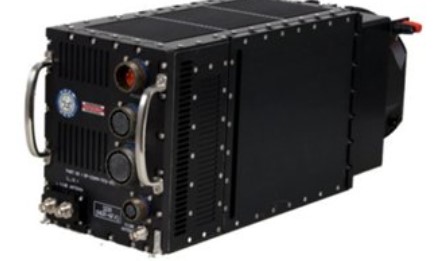SOURCE: RAUNAK KUNDE / NEWS BEAT / IDRW.ORG


Flight Lieutenant Kambampati Nachiketa, Squadron Leader Ajay Ahuja, and Wing Commander Abhinandan Varthaman—these names evoke stories of bravery and resilience. They also share a common thread: each had to eject from their fighter jets and landed in Pakistani-Occupied Kashmir (POK) during critical missions, whether in the Kargil War or the 2019 air skirmish.
These incidents underscore a crucial issue in modern aerial warfare: the need for advanced systems to prevent Indian fighter jets from straying into enemy airspace. In response, the Indian Air Force (IAF) is implementing several technological advancements to tackle this problem effectively.
During the Kargil War in 1999, Nachiketa was captured by Pakistani forces after ejecting from his MiG-27 due to engine failure while on a bombing mission. Also during the Kargil conflict, Ahuja was shot down and captured while searching for Nachiketa, showcasing the perilous nature of rescue and recovery missions.
In 2019, after downing a Pakistani aircraft, Varthaman’s MiG-21 Bison was hit, forcing him to eject and land in POK, leading to his brief capture.
To mitigate the risk of Indian fighter jets straying into enemy airspace and ensuring the safety of its pilots, the IAF has initiated the integration of advanced technologies into its aircraft fleet. Two key advancements in this regard are the implementation of Software-Defined Radio (SDR) systems and a satellite-based real-time aircraft tracking system.
SDR Systems are advanced communication systems that offer significant improvements over traditional radio systems. They provide enhanced signal processing capabilities and are less prone to jamming, ensuring reliable communication even in contested environments.
SDR systems are designed to be more resistant to jamming attempts by adversaries, ensuring continuous and secure communication between pilots and ground control. These systems can be reconfigured via software updates, allowing for quick adaptation to new frequencies and communication protocols as required by mission demands.
By providing clearer and more reliable communication, SDR systems enhance situational awareness for pilots, reducing the risk of navigational errors that could lead to straying into hostile airspace.
The IAF’s Maintenance Command has developed a cutting-edge satellite-based real-time aircraft tracking system. This system provides precise and continuous tracking of aircraft, significantly improving situational awareness and operational control.
The satellite-based system offers real-time data on the location of aircraft, enabling ground control to monitor and guide pilots accurately, especially during complex missions. With real-time tracking, the IAF can quickly respond to any deviations from planned flight paths, reducing the risk of aircraft inadvertently entering enemy airspace.
The system facilitates better coordination between different units and branches of the military, ensuring that all elements are aware of the positions and movements of friendly aircraft.
The integration of SDR systems and satellite-based real-time tracking into the IAF’s fighter jets marks a significant leap forward in enhancing operational safety and effectiveness. By adopting these advanced technologies, the IAF is not only improving its ability to conduct missions with greater precision but also ensuring the safety of its pilots, who undertake some of the most dangerous tasks in defence of the nation.
NOTE : Article cannot be reproduced without written permission of idrw.org in any form even for YouTube Videos to avoid Copy right strikes. Websites doing illegal reproductions will get DMCA and Legal Notices.